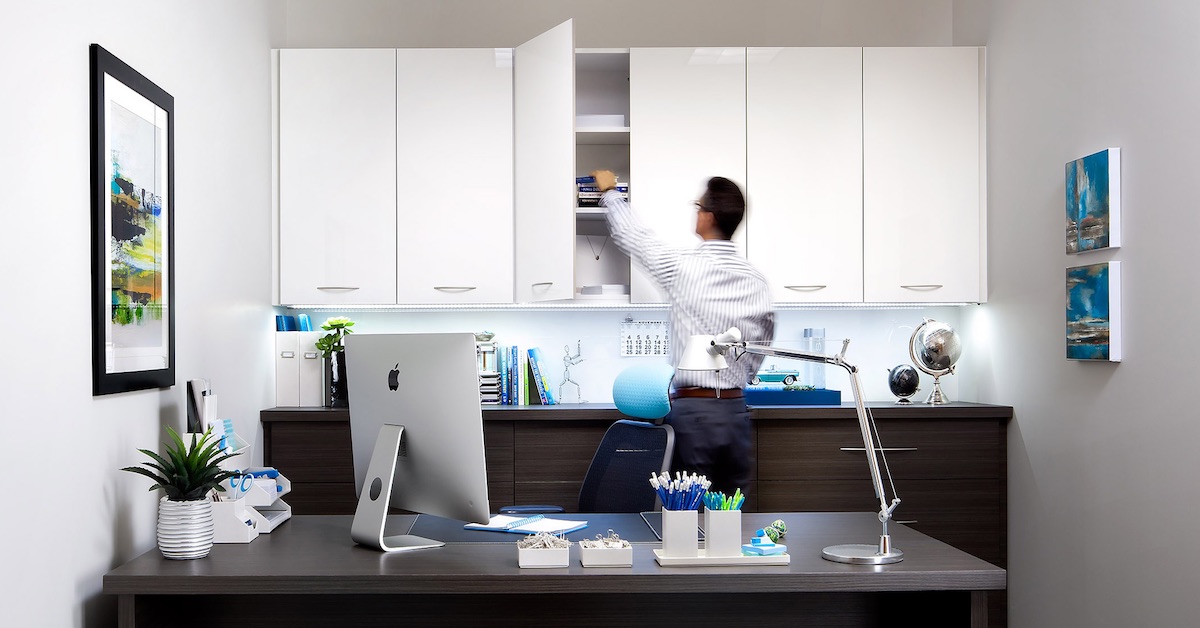

Rather than spending hours each week commuting, employees can work from the comfort of their home office, using breaks to spend quality time with loved ones and set time aside for hobbies and activities. Remote work allows employees to work in an environment where they’ll naturally be able to spend time with those who matter most to them, whether it’s a spouse, children, family members, roommates, or pets. A new and improved work-life balanceįirst and foremost, the most obvious benefit of being able to work remotely is the ability to improve your work-life balance. These benefits are exactly why going into a post-pandemic future, the future of remote (or hybrid) work seems as bright as ever. Employers, too, have noticed the benefits of working from home, with many employees actually improving productivity and overall performance resulting from the increased flexibility they’ve been given.

Millions of people, who after years of working from an office and commuting to and from work, and were justifiably hesitant about the transition to remote working, suddenly realized the major mental and physical health benefits of working from home.Įmployees found that they were happier and healthier due to the significant improvements to their work-life balance, increased autonomy, the lack of stressful (and time consuming) commutes, and the ability to take care of important things as they arose. This was a huge moment for the concept of remote work, the “voila” moment, if you will. It certainly took some getting used to, but many suddenly found themselves feeling healthier mentally and physically, despite the ongoing global pandemic getting worse and worse. That meant having to create a comfortable home office which could enable hours of productive work, gathering equipment and furniture to make working easier, and getting used to the idea of working from the comfort of your own home without commuting, while forgetting the days of toiling away in the office, paying for expensive lunches and morning coffees, and the ever-present threat of constant unproductive meetings and drop-ins. The beginning of the COVID-19 pandemic saw millions of workers around the world suddenly forced to adapt to the idea of working from home.


 0 kommentar(er)
0 kommentar(er)
